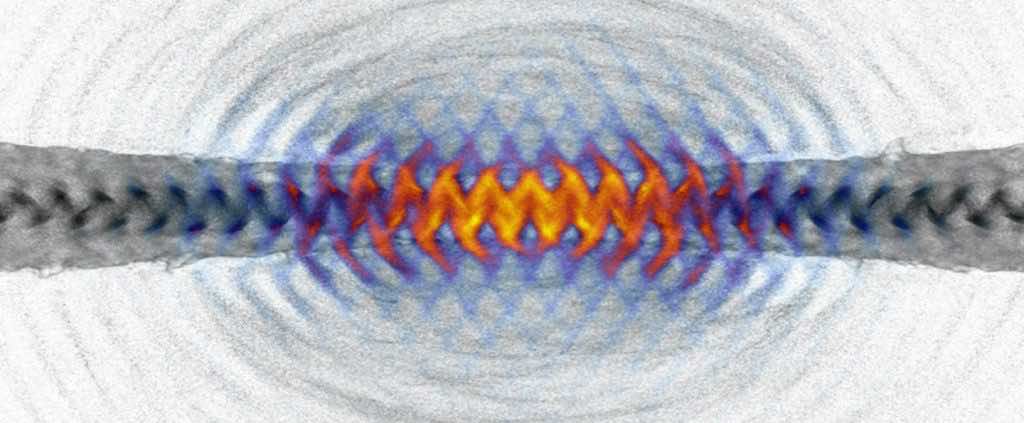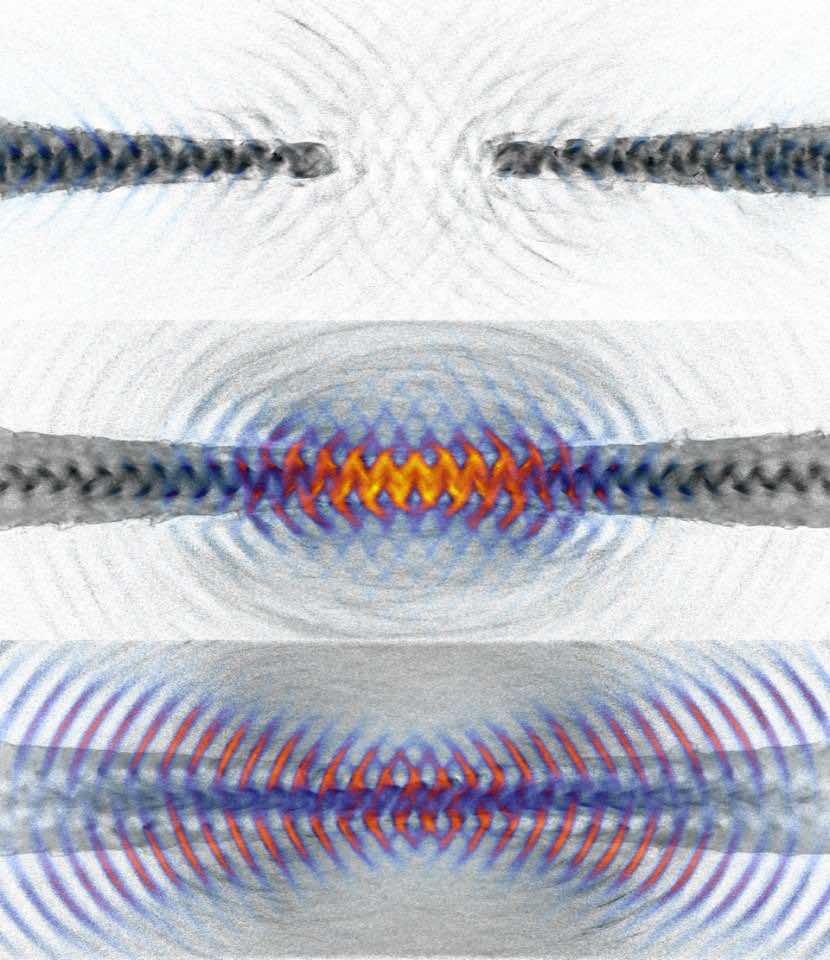There are numerous things that are intriguing and raise loads of interest in scientists and researchers when the field of cosmology is discussed. The field itself is mysterious and even by knowing so much and studying so much, there remains a doubt and a lot of unclear things that cannot yet be explained through logic or experimentation. One of the most mysterious things in the sector is antimatter. This is because it rarely exists in the atmosphere, and it is very difficult to create it in the laboratory. Hence, very little is known about antimatter, although there is room for a lot of research.

Well, scientists of this era are as curious, as advanced, and as smart as this fast-paced time requires them to be. They have devised a way through which antimatter can be created in the lab. It will be done by pointing two lasers towards each other. This will convert light into matter, forming antimatter. The same phenomenon occurs, and antimatter is created when there is a lightning strike, near a neutron star, black holes, or created in complex facilities like the Large Hadron Collider.
The device that will make this possible by shooting electrons from both sides towards each other is still not designed. However, the mechanism is deeply explained and described as feasible. The device will produce 100,000 times more positrons than a single laser and the final output of the whole setup will produce around 1 Giga electron (GeV) between the space of a mere 50 micrometers.

The research is published in the journal, Communications Physics. When implemented, the mechanism will prove to be beneficial and extensively helpful in reading about, studying, and understanding the concept of antimatter. It can now be reproduced, leading to a better comprehension of the concepts in cosmology.


